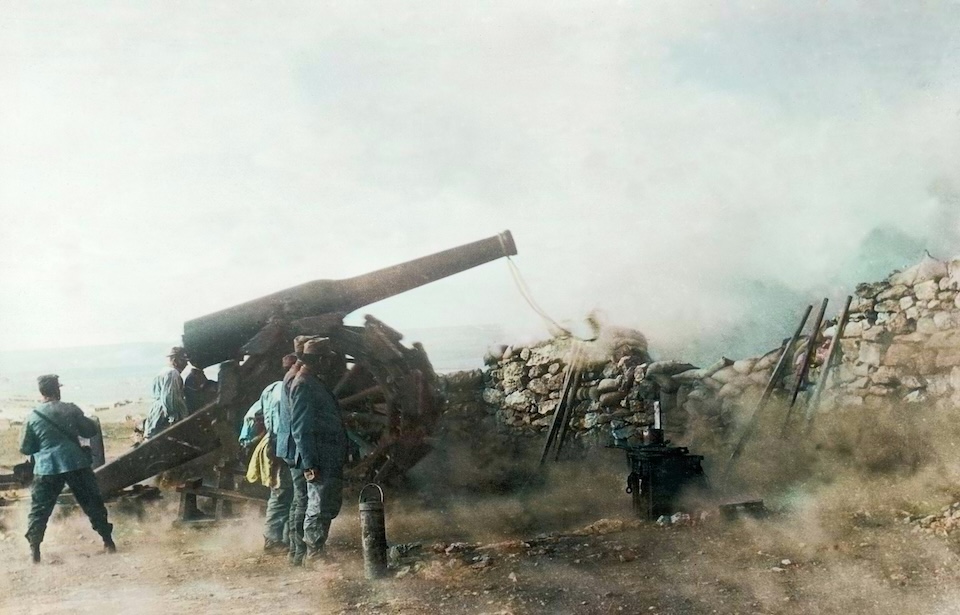While the Western Front saw some of the fiercest fighting of the First World War, the Isonzo Front was no less brutal or grueling. Over two relentless years, the 12 Battles of the Isonzo unfolded across this rugged terrain, leading to over one million casualties.
What was the Battles of the Isonzo?
The Battles of the Isonzo comprised 12 intense confrontations between the Austro-Hungarian and Italian armies along what is now the border of Slovenia. The Austro-Hungarian forces had heavily fortified the challenging mountainous terrain before Italy officially entered the war.
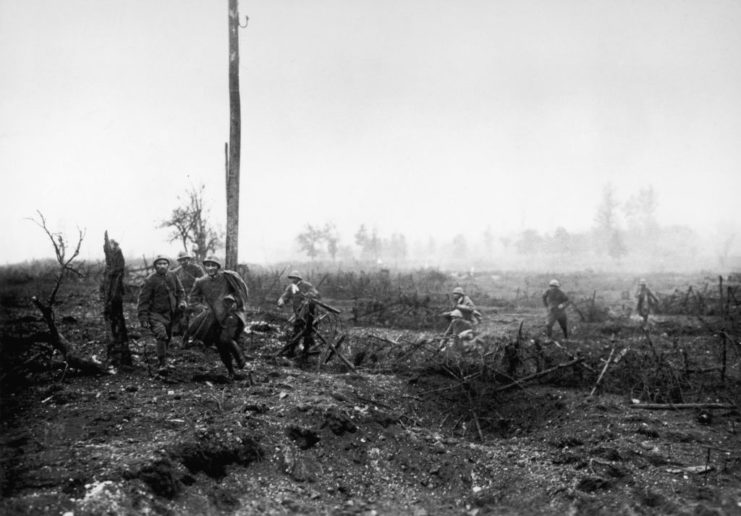
Italy’s ambitions towards Austria-Hungary were fueled by the 1915 Treaty of London, which promised territorial gains from the Empire. Under the leadership of Chief of Staff Luigi Cadorna, the Italian strategy focused on capturing Ljubljana.
The first attack began on June 23, 1915. Despite having a 2:1 numerical advantage, the Italian Army faced strong resistance from the well-entrenched Austro-Hungarian forces, which thwarted their efforts to achieve a decisive victory.
The Isonzo River was a huge hurdle
Cadorna acknowledged the crucial strategic value of starting an offensive at the lower sections of the Isonzo River. Nonetheless, he also considered a different strategy: advancing north to bypass the daunting mountain obstacles entirely. Despite multiple offensives, the Italians found it difficult to achieve significant progress, suffering heavy losses at the hands of the Austro-Hungarian defenders.
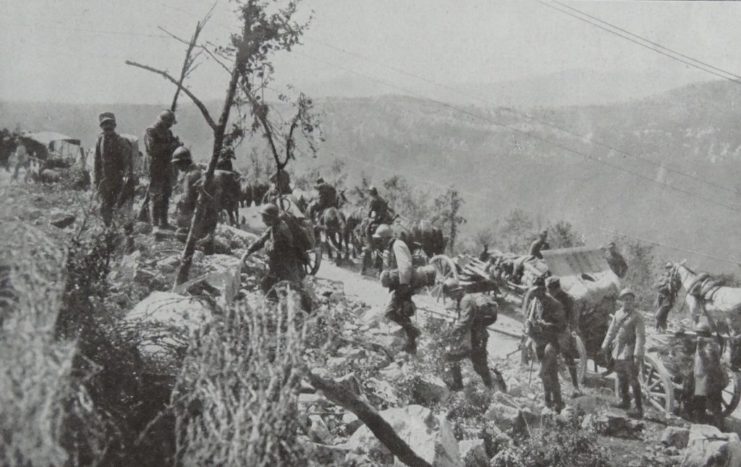
It became clear that victory depended on removing the enemy from their mountain strongholds. However, this required crossing the Isonzo River, a challenge the Italian forces were unable to overcome.
Mounting casualties
The capture of Gorizia from August 6-17, 1916, was a notable achievement for Cadorna’s forces, providing a rare sense of victory amid the harsh realities of war. With a year’s worth of hard-earned experience, the Italians improved their tactics, opting for shorter, more concentrated attacks to reduce casualties while increasing effectiveness.
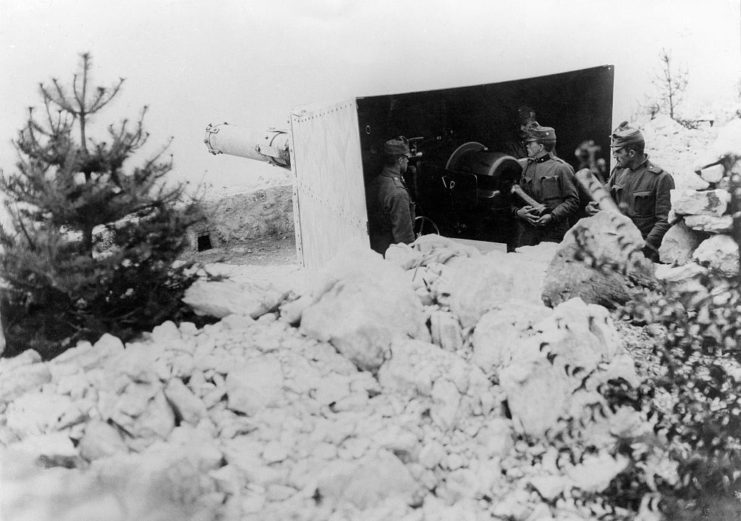
Even with this improved approach, the last three battles in the fall of 1916 were still weakened by the formidable fortifications of the Austro-Hungarian-controlled mountains. As the conflict dragged on, significant resources were poured into what many saw as an increasingly pointless struggle.
The casualties of the Battles of the Isonzo was staggering. Approximately 645,000 Italian soldiers were killed, representing about half of Italy’s military losses during the First World War. The Austro-Hungarians lost 450,000, leading to a total of around 1.2 million casualties before the final engagement.
Reports indicate that the final battle, known as the Battle of Caporetto, resulted in about 305,000 Italian casualties and 70,000 on the Austro-Hungarian side.
The first five Battles of the Isonzo
First Battle – June 23-July 7, 1915: Cadorna, a firm believer in the benefits of the campaign in Austria-Hungary, launched the first attack. The battle lasted 14 days, and, as aforementioned, the Italians were fought back by the Austro-Hungarians. The Italians were ultimately defeated.
Second Battle – July 18-August 3, 1915: The Italian Army captured Cappuccio Wood, as well as Mount Batognica. The battle only concluded when both sides ran out of ammunition. Later on, the Austro-Hungarian forces were able to reoccupy Cappuccio Wood.
Third Battle – October 18-November 3, 1915: The primary Italian objectives were to take two bridgeheads (Tolmin and Bovec) and, if possible, the town of Gorizia. They advanced to the Piave River, but ultimately stalled and failed to gain ground due to heavy Austro-Hungarian defenses.
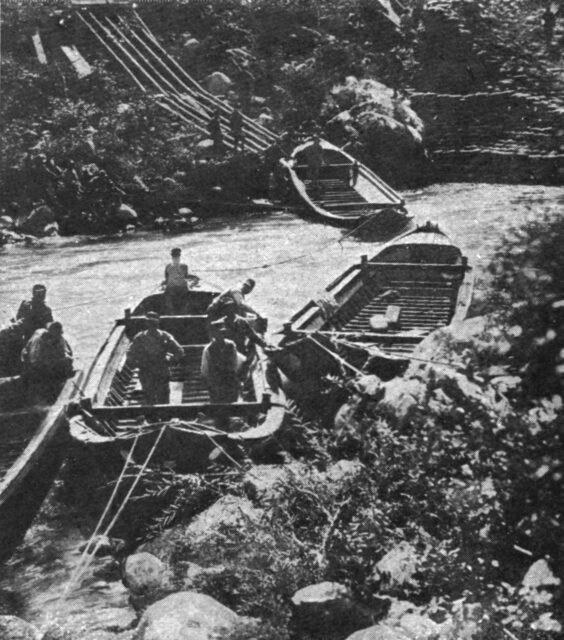
Fourth Battle — November 10-December 2, 1915: The Italian Second Army attempted to occupy Gorizia. They successfully captured the nearby area of Oslavia and San Floriano del Collio, but failed to take their initial target. At the same time, the Italian Third Army launched a series of attacks, but these failed to bring about any significant gains.
Fifth Battle – March 9-17, 1916: The Second and Third Italian Armies once again attempted to take Gorizia, in order to reach the Tolmin Bridgehead. Though the battle was less bloody than those previous, Gorizia still remained free of Italian control.
The sixth to eleventh battles
Sixth Battle – August 6-17, 1916: The Italians were finally able to capture Gorizia, through the use of hand-to-hand combat, along with the Oslavia-Podgora Ridge and San Michele. The offensive is considered the most successful Italian attack along the Isonzo Front and was responsible for improving troop morale.
Seventh Battle – September 14-17, 1916: The Italian Army switched from broad attacks to focused ones. Over three days, the Italian forces saw minor victories in areas surrounding the Soča River Valley, in present-day Slovenia.
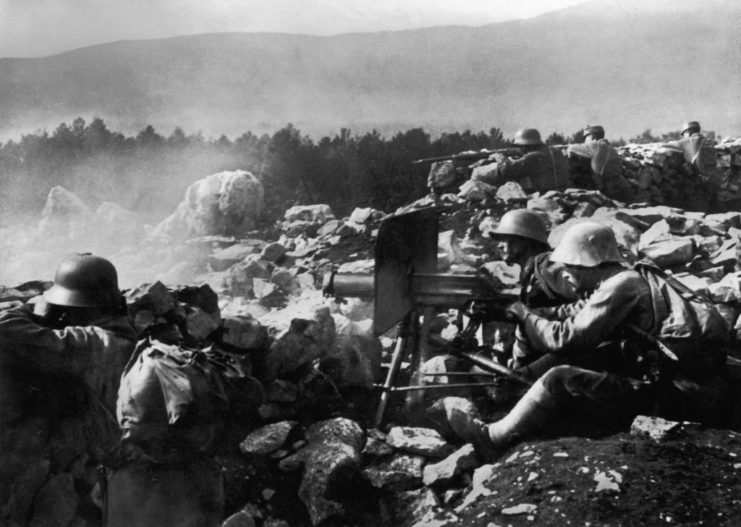
Eighth Battle – October 10-12, 1916: With a similar goal to the previous, this offensive saw both sides struggle to achieve victory, as heavy Italian casualties forced the battle to be called off. They suffered between 50,000 and 60,000 casualties, while the Austro-Hungarian forces saw 38,000.
Ninth Battle – November 1-4, 1916: Now positioned in the Soča River Valley, the Italian Army tried to advance further inland, but were, again, met with heavy Austro-Hungarian resistance.
Tenth Battle – May 12-June 8, 1917: By this point, Cadorna was beginning to worry about the German Army aiding the Austro-Hungarian forces. The Italians deployed 38 divisions against 14 from Austria-Hungary and began what would be a multi-week infantry advance along a 40 km front. The nearly month-long battle resulted in the Italians struggling to gain any major advances.
Eleventh Battle – August 19-September 12, 1917: By consolidating their position near Monfalcone, Italy and the Banjšice Plateau, this offensive is considered one of the few tactical victories for the Italians, who broke through the Austro-Hungarian line in two areas.
The twelfth and final Battle of the Isonzo
The Twelfth Battle of the Isonzo marked one of the most decisive victories of the Great War. The Austro-Hungarian and German forces, working together, shattered the Italian line at the northern end of the Isonzo, catching the Italians off guard.
By the afternoon of October 24, 1917, the Italian forces were exhausted and overwhelmed by the Austrian offensive. Many soldiers abandoned their weapons as the Austrians surged across the Isonzo River to capture Caporetto. The Italians retreated to the Piave River, where they regrouped by mid-November. This defeat is remembered as one of the worst in Italian history.
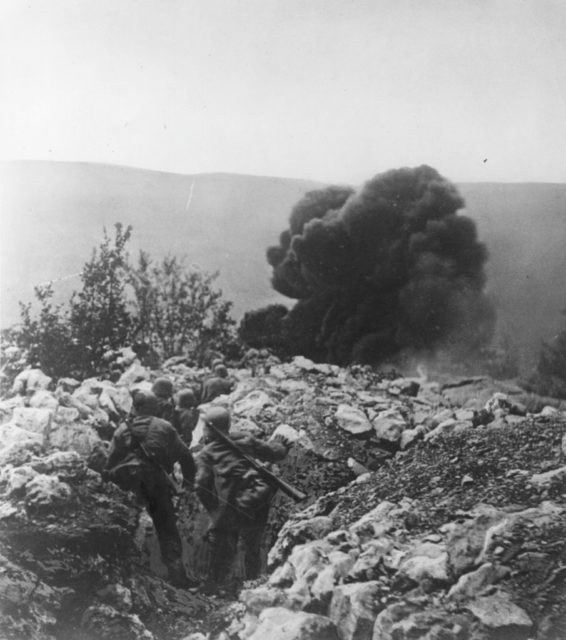
By the end of the Battles of the Isonzo, both sides had endured enormous losses, with little to show for it. The relentless fighting sparked widespread anti-war protests across Italy, ultimately leading to Cadorna’s resignation. In his place, Gen. Armando Diaz implemented a new strategy that reshaped Italy’s role in the conflict. Shifting from offensive to defensive tactics, he turned Italy into a valuable asset to the Allied forces for the rest of the conflict.
Want War History Online‘s content sent directly to your inbox? Sign up for our newsletter here!
Ernest Hemingway’s novel, A Farewell to Arms, was somewhat inspired by the Battles of the Isonzo. The book follows the first-person account of an American lieutenant serving in the Ambulance Corps of the Italian Army. Hemingway drew upon his own experiences as an ambulance driver along the Italian Front during the war.
